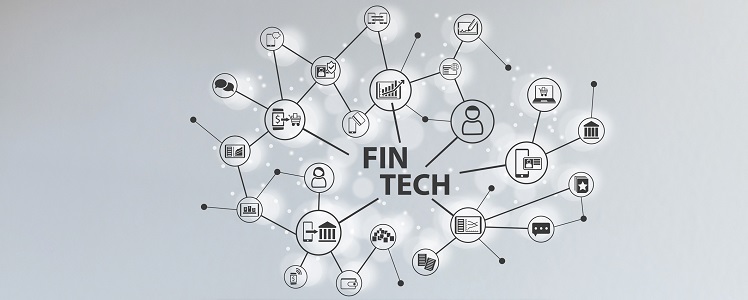Articles
5 Technology Trends in B2B Payments
- By Karla Friede
- Published: 4/19/2017

The sheer effort of collecting, maintaining and securely storing supplier information has been a huge barrier to automating B2B payments, but it’s finally happening. Here’s what’s new.
Fintech banks: The U.S. Office of the Comptroller of the Currency is considering rule changes to allow fintech companies to perform lending functions currently only allowed by banks. This would enable Apple, Facebook, Square and others to perform limited banking functions if they can meet the chartering regulatory standards. If this happens, it will foster a whole array of new fintech solutions around payments and lending.
Automating 100 percent of business payments with the kind of user experience people have come to expect from their experiences with consumer payments requires more time, effort and investment. This it is understandable why consumer payments have been the first and early target. There have been so many technology advances on the consumer side that it makes the business payment process seem archaic by comparison.
Streamlined cross-border payments: Today, many solutions overcome the difficulty of making international payments through the existing correspondent bank networks by leveraging a web of relationships and application programmer interfaces (APIs) to provide a user experience that covers up all that complexity and feels simple.
Distributed ledgers, specifically blockchain ledgers, have the potential to create an entirely new network for payments where data is synchronized, replicated, and shared securely across geographies, banks and computer systems. This will allow money to move quickly from point A to point B without a bank or middleman in between, greatly simplifying the process. This is still in the early stages, but it has great potential to dramatically streamline international payments and bring down the very high costs banks charge for them.
Procure-to-pay becomes procure-to-paid: Procure-to-pay (P2P) networks have been around since the early 1990s and provide an electronic experience for the business procurement process, from purchase requisition to payment. At least that’s how people have talked about it, but really, the second P has been missing in action.
These systems only took the process to the point of invoice approval, leaving it to the accounting team to figure out how to get the supplier paid. This is changing in 2017, as procurement companies add payment automation technology to their solutions. The ones that will be successful won’t repeat mistakes of the past by focusing on a card-only offering that doesn’t do the heavy lifting of managing the supplier information.
Truly automated payments: Until now, most U.S. business have thought of electronic payments as a card program or some ACH payments through their bank. These bank-based solutions typically automate about 25 percent of business payments, leaving behind 75 percent to be made by check. In many cases, this approach has added more manual effort, since it requires the accounting team to manage payment flows and information across three separate processes.
The new generation of payment automation delivers 100 percent of enterprise payments electronically, with visibility, traceability, and control across both domestic and international supplier payments, and without the burden of maintaining supplier information. This is the biggest trend in B2B payments; truly electronic payments for all suppliers regardless of size, technology or geographic location.
Faster payments: In consumer payments, there have long been peer-to-peer payment technologies like Dwolla or Venmo that make it seem as if you’re moving money the same day, but they’re actually moving it in 48 hours. That’s because tech companies don’t control how quickly money moves between bank accounts—it still takes two days.
NACHA, which does control how fast the money moves, has recently changed its rules and is rolling out same-day ACH processing. Businesses now have another payment option—same day ACH. This service probably won’t complately overtake regular ACH payments, but it will replace some expensive wire transactions.
Karla Friede is CEO of Nvoicepay.
Copyright © 2024 Association for Financial Professionals, Inc.
All rights reserved.

